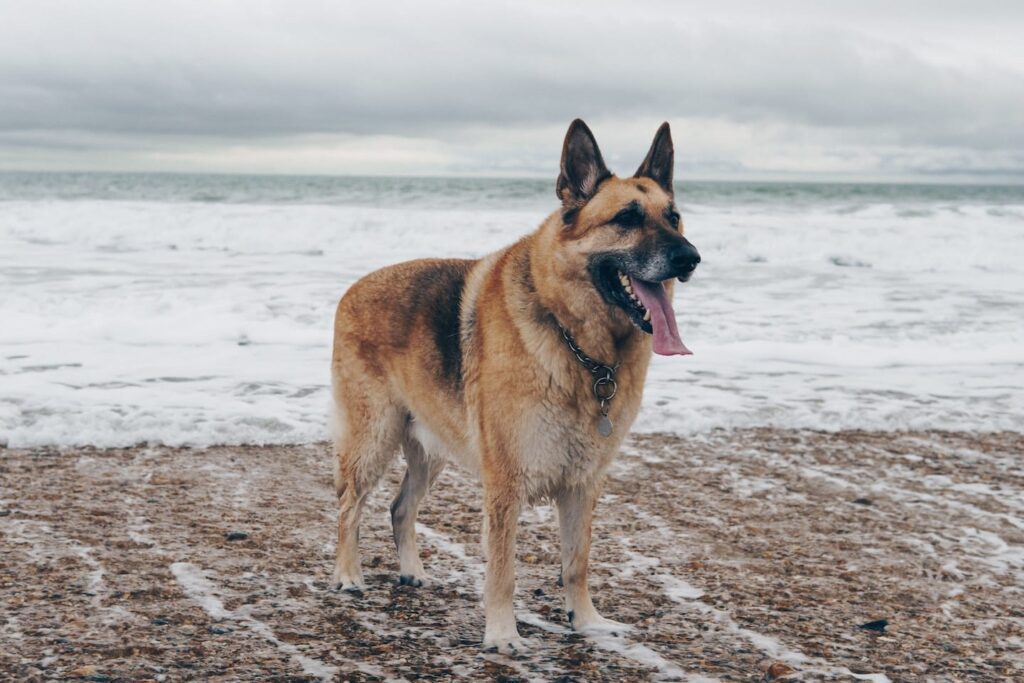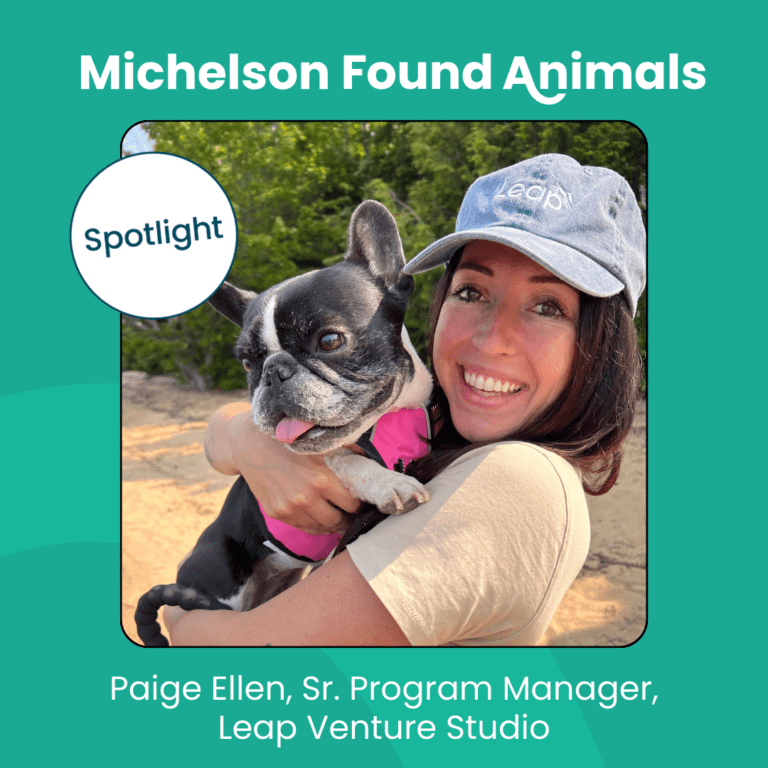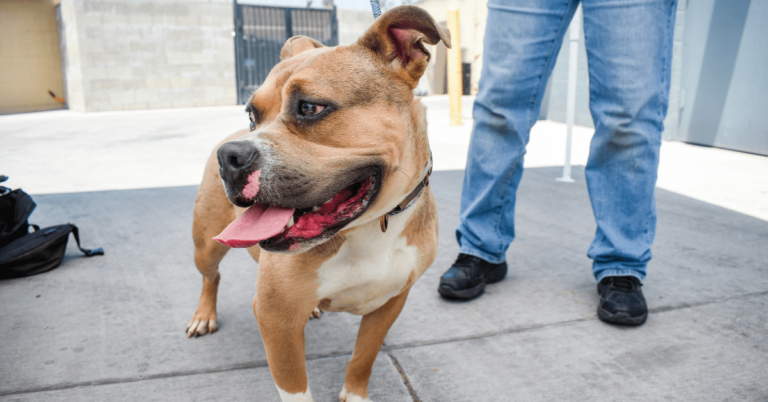Canine Explosive Detection Teams in the Coast Guard

The duties of people in the Coast Guard are diverse, however many of their doggie peers have just one responsibility: detecting explosive devices. The United States has Coast Guard has 16 canine explosive detection teams. Each team is made up of one human handler and one working dog. These teams are spread around the country.
The Coast Guard K-9 training program thoroughly prepares dogs for the tough job that lies ahead. Each pooch begins their training journey at the Transportation Security Administration’s K-9 training center. The center is located at Joint Base San Antonio-Lackland in San Antonio, Texas. The facility doesn’t just train dogs for the Coast Guard. Dogs who train there might move on to work for the Federal Protective Service, Secret Service, TSA or city police departments.
The first step of training is actually a screening to see if the dog has what it takes to be on a K-9 explosive detection team. This process weeds out dogs that might not have the right personality traits. The pooches that do best are highly motivated to hunt a prey object for a reward. Apathetic couch potatoes need not apply!
The dogs then complete 10 to 15 weeks of training before being paired with a handler. Handlers have regular Coast Guard training, as well as training in veterinary care and special transportation logistics. After all, K-9 units sometimes travel differently than their human counterparts.
Then the doggo and their handler em-bark (pun intended) on a 10-week training course. This first course together really forms a bond between the two of them — which of course is key to their success in the field. Unsurprisingly, training dogs to find and respond to smell is crucial. This training process is called “odor imprinting.” Once trainers are confident the dog can search out and react to odor, the dog is then taught to work in the transportation environment.
Dogs and their handlers go through training as a team and can only graduate as a team. Teamwork makes the dream work! In fact, this philosophy carries throughout their entire career. One dog works with just one handler for the entirety of their time in the Coast Guard. And at the end of each day, the detection dogs go home with their handler. It’s a touching bond that makes being a handler so emotionally rewarding.


